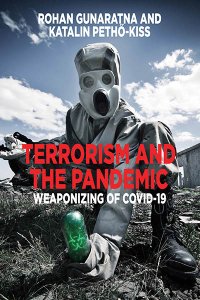By Edmund Fitton-Brown and Bakary Sambe
This short paper explores how Jamaat Nusrat Al-Islam wal-Muslimin (JNIM), the predominant coalition of al-Qaeda (AQ) affiliates in the region, is structured and financed and how its component parts relate to one another. The paper will outline how the various groups constituting JNIM train and operate jointly and the extent of their use of trafficking routes and overlap with regional organized crime. It addresses the extent to which the spillover of JNIM activity from Mali and Burkina Faso into the Atlantic/Gulf of Guinea littoral states represents a threat to their stability. It also addresses the impact of political instability in Mali, Burkina Faso, and elsewhere on counterterrorism (CT) activity and the impact on terrorism of external state and non-state assistance. The paper seeks to diagnose the challenges posed by JNIM considering its local and regional circumstances on the ground and to provide operationally relevant recommendations both for actions within the region itself and through the use of international resources. The recommendations seek to integrate CT with measures aimed at preventing and countering extremism, conflict resolution, and development goals. They also highlight that the needs vary between different countries in the region. For example, measures applied to Mali cannot easily be transferred to mitigate the challenges in Burkina Faso
Berlin: Konrad-Adenauer-Stiftung e.V. , Counter Extremism Program, 2023. 14p.





















